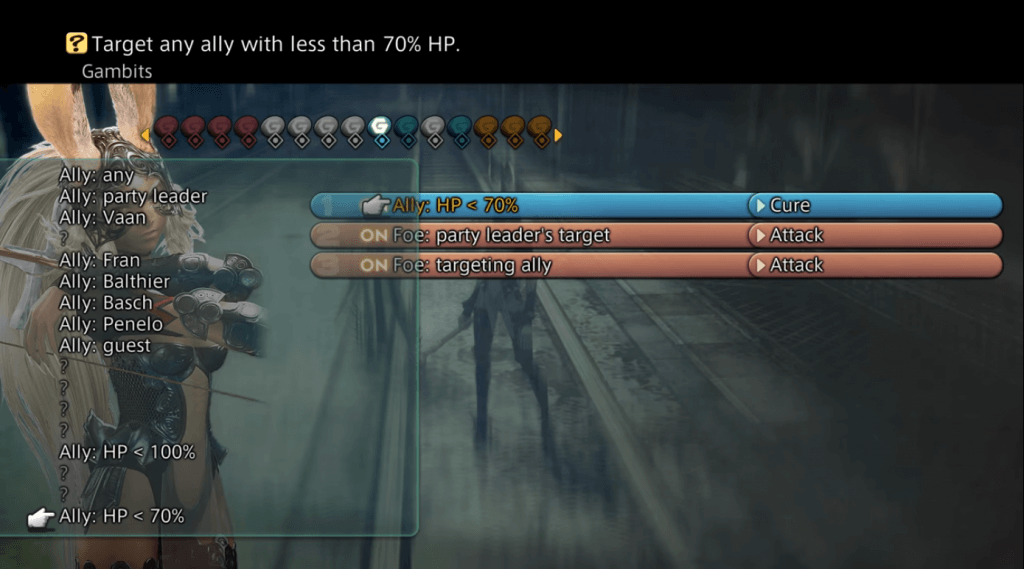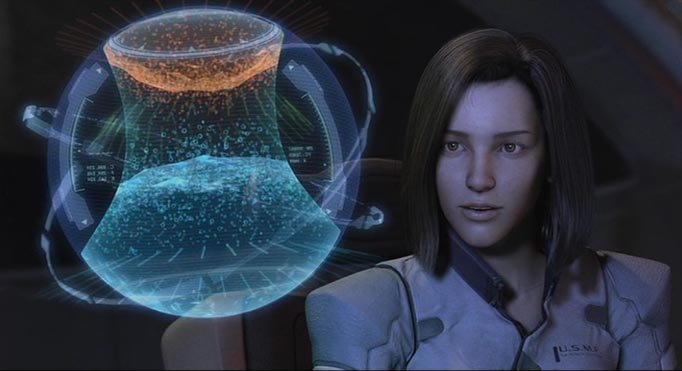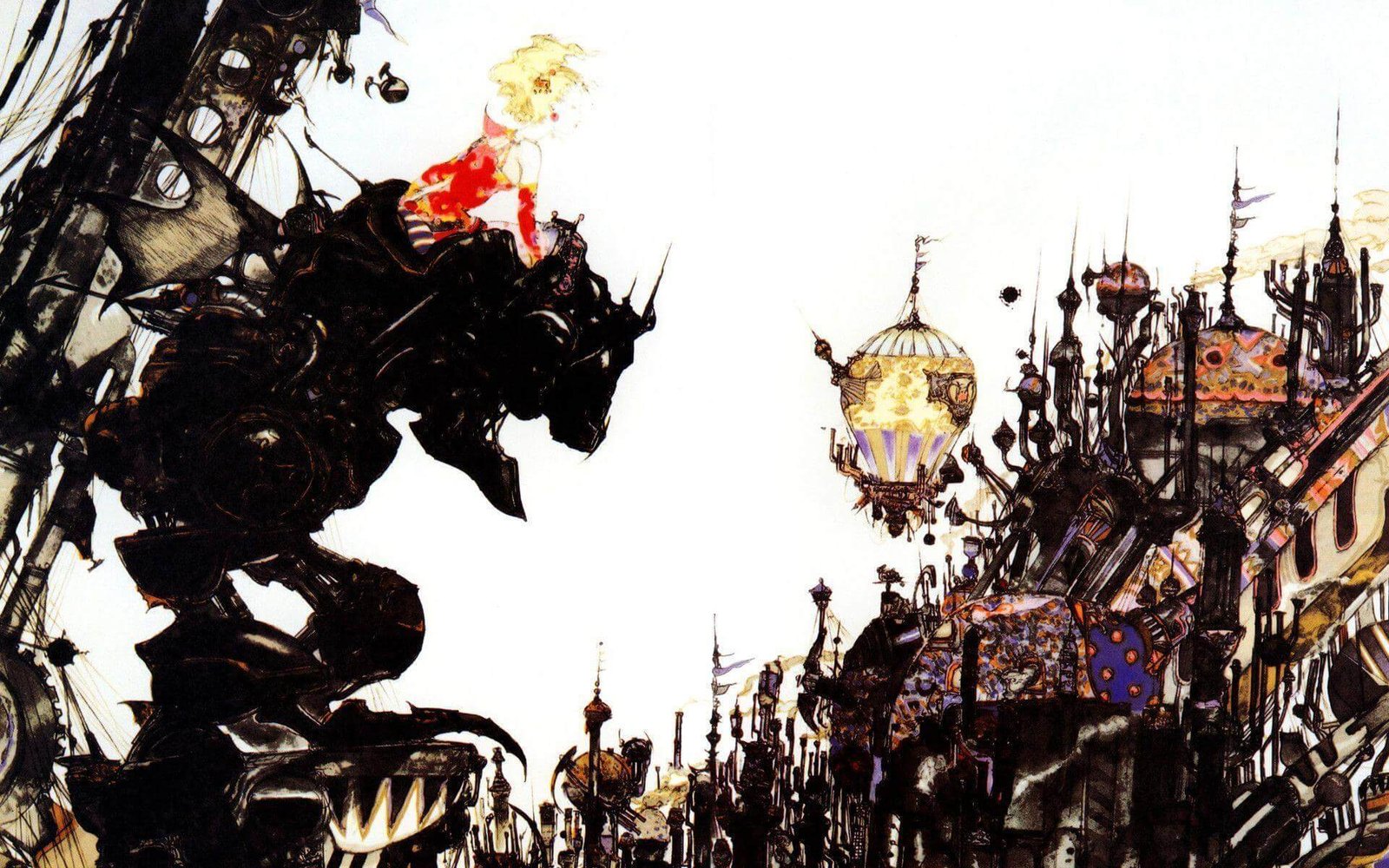The Final Fantasy series is available across just about any console and meduim you could want. The Spirits Within is likely available from your library.
It always kind of astounds me whenever someone says that they’re a fan of the Final Fantasy series.
Not because any individual entry in the series is that bad. More because the series is so wildly inconsistent.
Usually people become fans of a series for very specific reasons that remain consistent. Pokémon delivers on creature-collecting and clear “A counters B” gameplay time after time. Marvel movies have a strong brand as banter-filled, four-act, continuity-feeding superhero movies. And while Final Fantasy started out that way, building itself as a Dungons-and-Dragons-derived high-fantasy series, it's been toying with its own formula since the very beginning.
It’s an odd way to handle a property, especially one that famously saved your company from the brink of bankruptcy. Most creators are terrified to upend their golden geese; the aforementioned Pokémon and Marvel regularly draw flak for their unwillingness to change. But Final Fantasy runs so hard in the opposite direction that it feels like it should be a cautionary tale. At the least, I'd expect most folks to be exclusively fans of just one or two games in the series.
Yet there it is, persistently a top-selling franchise for three decades despite picking up and dropping its ideas like a bored toddler.
Old Dog, New Tricks

Final Fantasy XII comes to mind here with its Gambit System: a building-blocks form of “programming” your party members’ behavior for yourself. It’s a level of fine-tuning that we rarely see from any JRPG without forcing the player to execute every move on every character. It’s also a feature that the series immediately left behind.
Heck, Final Fantasy XIV as a product is an expression of this. Its original release was infamously so disastrous that they scrapped the entire game and rebuilt it. The in-game lore even explicitly acknowledges the game’s real-world relaunch as a world-shifting event. Games have done this sort of thing before with expansion pack to update their status quo, but for Final Fantasy it was almost a scorched-earth tool.
The upcoming remake of Final Fantasy VII is possibly the most concrete example of an insistence on tinkering with existing work. From what we’ve seen, the moment-to-moment gameplay shares only a few elements with the game in its original form. Rather, it’s an odd melting pot of XII’s pause-to-command, XV’s action combat, and the classic Active Time Battle system, with whiffs of inspiration from XIII for good measure.
Even when they’re re-using elements, they’re rarely doing the same thing twice.
Consistent Inconsistency
And it’s always been that way. Even in Final Fantasy II, the very first sequel, they completely changed both its style of storytelling (to a concrete narrative with defined protagonists) and the very way character progression worked (ditching experience points for a cumbersome get-hit-to-increase-your-defense system). III threw the baby out with the bathwater, closer matching the format of the first game while introducing the class-changing Job System. Its then-rival Dragon Quest had already pioneered the similar Vocations, but Final Fantasy is a tinkerer. Jobs would show up time and time again, and always in a different form.
It’s always been pushing forward on technical fronts, too. V was reportedly an arms race behind the scenes to find new ways of expressing vivid set-pieces using the SNES’ limited capabilities. VII forever left its mark by being one of the first blockbuster JRPGs in the 3D era. X pioneered voice acting in video game stories, for better and for worse. And using modern graphical prowess, XV is nothing short of spectacular at times.
That goes double for The Spirits Within, the series’ notorious stab into the film space. It’s such a wild cocktail of ideas, from re-interpreting the series as science fiction to being produced primarily in English to the deeply interesting case of Aki Ross. For the unfamiliar, the main character of The Spirits Within was conceived as a “digital actress”. The idea was that her character model (tied to performer Ming Na-Wen) would re-appear across multiple films in different roles. It’s a distinctly similar concept to digital idols like Vocaloids or Kizuna Ai, but conceived over half a decade earlier.

Of course, The Spirits Within tanked, which puts the kibosh on that idea. But at the time, a recurring “digital actress” was a completely novel concept short of the Pizza Planet truck. It's also something that the series – and films in general – have rarely-if-ever used since. And if that isn’t a page right out of the Final Fantasy playbook, I don’t know what is.
Through-lines
That isn’t to say that Final Fantasy totally lacks cohesion, though. The series has its penchants for magic-fueled technology, recurring characters and archetypes, and storytelling that swings for the fences. Creative leads show up time and time again, lending a familiar flavor; you'd probably recognize the works of director Nomura, composer Uematsu, and art designers Amano and Yoshida, even if you don’t know their names. And there is that warm familiarity to seeing how a new setting interprets the recurring and ever-so-marketable Chocobos and Moogles.
But having played all of the core titles (over the course of a decade – I’m far from Austin’s fervor for Dragon Quest), I have to admit that they’re all over the place. Some hold up decades later as shining examples of a story well told, a captivating setting, or ageless gameplay concepts. Others feel like a drag of someone else's nostalgia, with a few outstanding elements betrayed by an old, rickety structure. The most universal thing I can say about the games is that they’re almost all mixed bags.
And, honestly, I think that’s what I like most about the series. I have some franchises I love that put out solid hits time and time again. But after a certain point, they’ll start to meld together and leave less of an impression each time. More of the same is often great, but rarely sticks in your craw; I dare you to tell me which Mario game the Layer-Cake Desert is from.
Final Fantasy is almost never content with that. Fifteen entries deep – plus having played as many spin-off titles – and I can tell you exactly which elements and characters belong to which games. Each one bears its own distinct identity while carrying the same banner. And all of them will try to re-invent the JRPG wheel. Sometimes you get an old white-walled tire – some call it classy, others tacky. Sometimes you end up with delightfully slick one except for the massive chunk missing off one side. But that’s how you find somebody’s niche. Broad Appeal and Deep Appeal are hard to get in the same room together, and homogenous design invites the former.
So bring me Final Fantasy XVI. I’m certain to hate some parts of it, but just as sure that there'll be one or two nuggets that I fall in love with. And that’s what we’re chasing every time we try something new, isn’t it? Something we can adore so much that we forgive the rest of the package it comes in.
Regularly fantastic, never final.

Because everybody's gotta have one: my personal ranking of the core series, divided roughly into “tiers”:
- VI
- IV
- XII
- IX
- V
- XV
- XIII
- X
- VIII
- VII
- III
- I
- II

